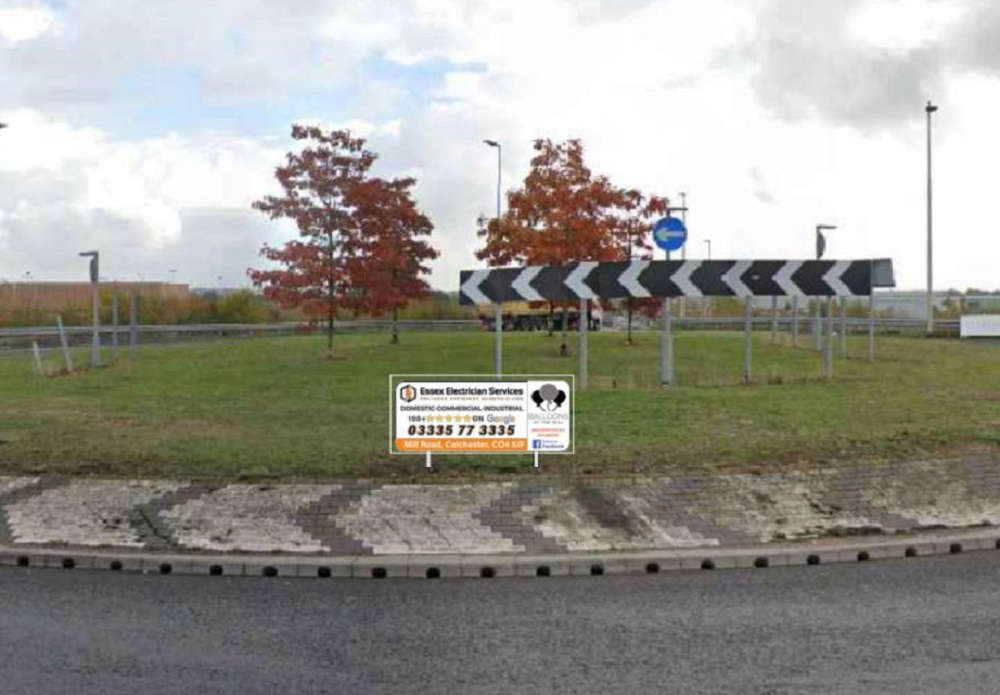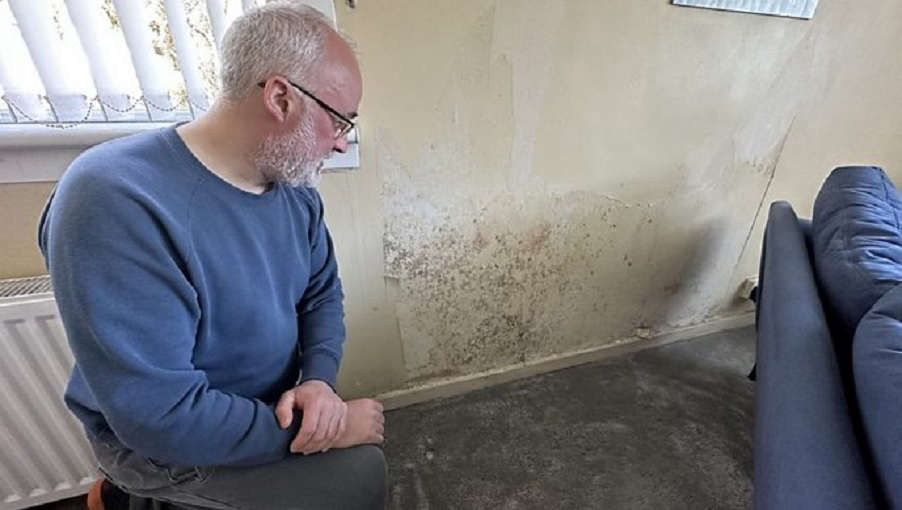

Streamlining Construction Processes: Efficient Planning And Execution
Posted: Tuesday, October 22nd, 2024

On a busy construction site, things can go wrong fast if there isn’t a clear plan in place. Unfortunately, there are many examples that highlight the importance of proper planning, including the findings from recent analysis as shared on Health & Safety International: “Fatal incidents at UK construction sites have risen by almost 20% in the last five years, according to an analysis of data from the Health and Safety Executive (HSE)…” “…Cherry picker hire firm Herts Tools analysed HSE figures since 2016/17 and found that in 2022 there were 45 fatal injuries within the UK construction industry compared to 39 in 2021. The rate of fatal accidents per 100,000 workers rose by 22% in 2022 to 2.1. This compares to 1.72 in 2021. There were 40 reported cases of fatalities due to falling from heights in 2022 – up from 35 in 2021.” Of course, not all issues result in fatal endings. There are other ways in which things can go wrong, including materials not showing up, trades getting in each other’s way, and, before you know it, deadlines slipping. The difference between a job that drags on and one that runs smoothly often comes down to efficient planning and good communication. When every aspect of the project is organised—right down to how scaffolding is set up or when the next delivery arrives—you avoid downtime and costly mistakes. It’s about working smart, keeping things moving, and making sure everyone knows their role on site. Here’s how to approach planning and execution in a way that boosts productivity, cuts downtime, and ensures that everyone knows what they’re doing, day in, day out. Let’s start with the most obvious: communication. Clear communication is at the heart of any successful project. Before any project can begin, clear communication must be established, because if the team doesn’t know what’s happening or what’s expected, things will grind to a halt. As Rob Norton from PlanRadar shared in an article for New Civil Engineer, “Unfortunately, we at PlanRadar know from first-hand experience and studies of our customer base that this remains a persistent challenge for contractors of all sizes. Clear and repeated themes have emerged from our survey of 77 leading construction companies within the UK and Germany. For instance, main contractors regularly feel ill-informed, and the quality, speed and cost of a building projects suffer as a result.” It could be a minor change in the project’s schedule, or something major – whatever the alteration, if everyone is informed of any update, regardless of size, it helps to ensure there are fewer mistakes and delays. Fortunately, there are plenty of ways to achieve this. These are a few straightforward ways to help you boost coordination on your project: If you focus on these simple steps you’ll improve communication and keep your project moving forward without unnecessary interruptions. Another way to keep a project moving forward is with proper planning. Sure, planning might seem like ensuring the project is completed by the deadline written on the calendar. However, it is much more than that. Proper planning is about breaking the project down into clear stages that make sense for everyone involved. Phasing a project properly ensures that trades don’t trip over each other or wait around for someone else to finish their job. The best place to start is by determining which tasks need to be completed in order. As you start mapping out the order, allow some buffer time in case of unexpected issues like poor weather. Each phase should have its own timeline, and the necessary resources allocated well in advance. This clarity keeps everyone focused on their specific tasks and helps prevent work from stalling because of missing materials or overlapping schedules. Securing the right financing is crucial for keeping any project on schedule. Partnering with a Newport mortgage broker, such as Mortgage Lane, ensures that each phase has the necessary funding, helping to avoid delays and keep the project moving smoothly from start to finish. Downtime is a killer on any construction site. Waiting for materials, equipment, or instructions eats into productivity and costs money. The goal is to keep the site as active as possible, ensuring that people have what they need to keep working without unnecessary pauses. How do you achieve this? Well, it all comes down to planning. Order materials early and have a reliable system in place to track what's arriving and when. Also, ensure you build strong relationships with your suppliers to ensure they understand the timelines and the importance of punctual deliveries. It's also worth having a backup plan for essential items, especially for projects with tight schedules. Keep an organised stockpile of basic materials to avoid last-minute scrambles. If you stay ahead of supply needs, you reduce the risk of work stopping due to missing or delayed materials. It is no secret that technology has transformed the way construction projects are managed. In the article ‘The Impact Of Technology On The Construction Industry’ for Insight DIY, it highlights: “The construction industry has long been characterised by inefficiencies and delays. However, technological advancements are driving significant improvements in productivity. Drones are increasingly employed for site surveys, progress monitoring, and material delivery, optimising logistics and reducing costs.” Along with drones, scheduling tools and on-site tracking systems are further helping to streamline operations, cut out unnecessary delays and keep things running like clockwork. For a construction manager, the right tech can make all the difference in how smoothly a project progresses. Of course, knowing what to invest in can be the first hurdle to overcome. One worthy investment is project management software, as this allows teams to stay on top of everything from tasks to materials. Digital tools enable real-time updates, meaning everyone knows the current state of the job without needing constant verbal check-ins. You can also track progress visually, ensuring deadlines aren’t missed and that each stage of the project is advancing as planned. You can use these tools to monitor resources, adjust timelines, and handle any issues as they arise, all from one place. The end result? An improvement in efficiency for your project. Real-time monitoring is a game-changer for construction management. With the help of digital tools, you can track the progress of a project more accurately and spot potential issues before they become major problems. Monitoring allows for faster decision-making, meaning you can adjust plans quickly if needed, reducing downtime. Additionally, utilising real-time data gives you an up-to-the-minute picture of how the project is progressing. This means you can immediately identify if a certain phase is falling behind or if there’s an issue with resources. Real-time updates help keep the schedule on track and provide the flexibility needed to make instant adjustments. Whether it’s checking on the delivery status of materials or tracking how quickly a team is completing tasks, real-time data helps you stay in control of the project. Investing in technology and implementing measures to ensure a construction project runs as smoothly as possible features highly on the priority list in the planning stages of a project. However, above all of this is safety. Safety should always be a top priority, but it’s also crucial for efficiency. When safety protocols are properly implemented, accidents and injuries decrease, and downtime is reduced. Safe sites are efficient sites. Make sure everyone on-site knows the safety protocols, and keep them well-trained in using equipment properly. Regular safety checks can help prevent incidents that not only put people at risk but also halt work. Having a designated safety officer or team can ensure that any potential hazards are quickly addressed before they become bigger issues. By keeping the site safe, work can continue smoothly without unnecessary interruptions. Keeping a project on schedule isn’t just about planning in advance; it’s about staying flexible and ready to adapt to the unexpected. The more prepared you are to manage time efficiently, the easier it is to keep the entire team moving forward, even when setbacks happen. For example, having several trades working together on a project can lead to scheduling conflicts if not managed properly. As we have already covered, communication between teams is essential, but so is proper scheduling. This is why you should ensure that you’re allocating enough time for each team to complete their tasks without overlapping too much with others. Stagger shifts where possible and set clear deadlines for individual tasks. The more tightly you organise the workflow, the less likely you’ll face delays due to one team waiting on another. Most of all, remember to update the schedule regularly to reflect real-time progress and adjust as needed. This will help ensure the project is running as efficiently as possible and that everyone remains on the same page about the progress being made. Continuing on the discussion of good communication for successful collaboration - smooth collaboration between trades is essential for keeping a project on track. When one team finishes their task on time, it allows the next to step in without delay. However, if there’s a disconnect in the chain, it can lead to downtime and a chain reaction of delays across the site – which can lead to further delays and issues later in the process. One way to enhance collaboration, ensure that each trade knows its role and clearly understands how its work fits into the overall timeline. Hold regular coordination meetings to ensure everyone is aligned. Address any issues that arise immediately to prevent them from snowballing. If you foster a team-oriented approach where each trade understands the importance of their role, the workflow will be smoother and more productive. Strong project management is at the core of any efficient construction process. Effective leadership brings together a clear plan, well-managed resources, and an engaged workforce. Project managers must not only plan but also adapt, troubleshoot, and make informed decisions as the project evolves. Effective project management includes constant oversight, regular check-ins with teams, and a clear understanding of the project's overall goals. By keeping the big picture in mind while handling day-to-day operations, project managers ensure that each phase of the project moves forward without unnecessary delays. This level of control helps maintain efficiency and keeps the project within budget and on time. Streamlining construction processes isn’t just about avoiding problems; it’s about actively improving the way teams work together, how resources are managed, and how schedules are kept on track. By focusing on clear communication, effective scheduling, proactive resource management, and leveraging technology, construction managers can significantly enhance productivity on-site. Whether it’s using scaffolding efficiently, ensuring that trades work in harmony, or adopting digital tools to stay ahead of the curve, the path to smoother execution is clear. Ultimately, a well-managed construction project doesn’t just meet deadlines — it sets the foundation for future success. Boosting Efficiency Through Improved Team Communication
Mapping Out Construction Phases to Avoid Delays
Proactive Resource Management: Minimising Downtime on Site
Integrating Digital Solutions to Streamline Project Workflow
Leveraging Technology to Improve On-Site Monitoring
Prioritising Safety Measures to Enhance Efficiency
Optimising Schedules to Keep Projects on Track
Enhancing Collaboration Among Trades for Smoother Execution
Effective Project Management to Drive Construction Success
Conclusion
Trending Stories
-
 Essex electrician has roundabout signs rejected
Essex electrician has roundabout signs rejected
A sparkie’s bid to sponsor signs on two roundabouts has been refused by planning chiefs who described them as “clutter”
-
 Barbie caused a ‘worldwide’ shortage of pink paint
Barbie caused a ‘worldwide’ shortage of pink paint
Barbie needed so much fluorescent pink paint that it caused a worldwide supply shortage for an entire company
-
 Builders find body of man murdered in the 1960s and buried in back garden
Builders find body of man murdered in the 1960s and buried in back garden
A woman who bought a South London house was left horrified after builders discovered the body of a man murdered in the 1960s and buried in her garden 14 months after she moved in
-
 'Government insulation scheme ruined my home'
'Government insulation scheme ruined my home'
A home-owner said his flat has been ruined by black mould caused by a government "green" insulation schem
-
 Builder celebrates lottery win by buying his coworkers bacon butties
Builder celebrates lottery win by buying his coworkers bacon butties
A builder from Milford Haven who won big on the lottery celebrated his victory by treating all his workmates to a round of bacon rolls
Comments
Add a comment